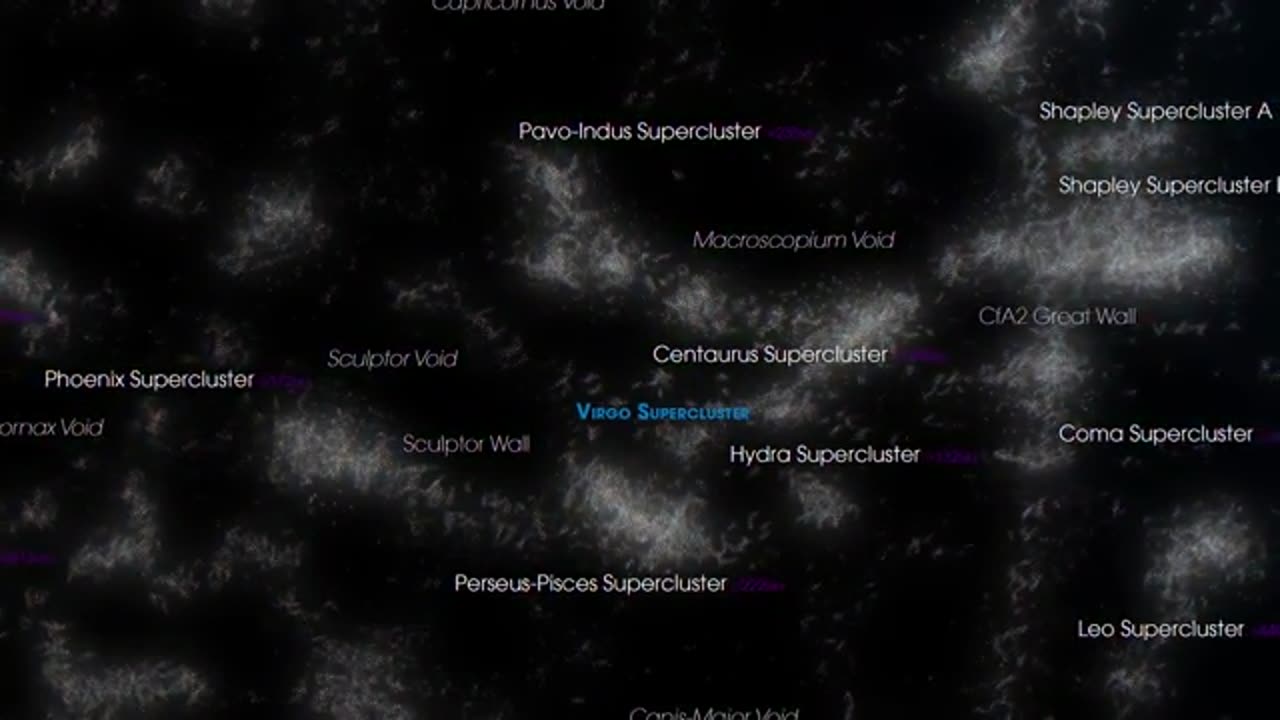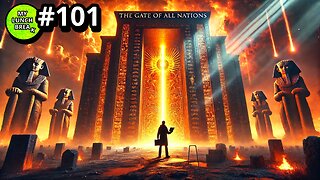Premium Only Content

How Big is The Universe
The universe is **mind-bogglingly vast**, and its size is one of the most fascinating and humbling aspects of existence. Here's a breakdown:
---
### **Observable Universe**
The observable universe refers to the portion of the universe we can see and measure, limited by the speed of light and the age of the universe (~13.8 billion years). Here's what we know:
- **Diameter:** ~93 billion light-years.
- **1 light-year** = ~9.46 trillion kilometers (5.88 trillion miles), so the observable universe spans **880,000,000,000,000,000,000,000 kilometers**.
- This includes all the galaxies, stars, planets, and cosmic structures we can observe with telescopes.
---
### **Beyond the Observable Universe**
- The actual universe is likely much larger (possibly **infinite**), but we cannot observe it due to the **cosmic light horizon** — the farthest distance light has traveled since the Big Bang.
- Current theories suggest the universe may be:
- **Finite but unbounded** (like the surface of a sphere in 3D space).
- **Infinite**, extending forever in all directions.
---
### **Scale Comparison**
To understand its scale:
1. **Earth to Sun:** 1 Astronomical Unit (~150 million km). Tiny compared to the universe.
2. **Milky Way Galaxy:** ~105,000 light-years in diameter.
3. **Local Group of Galaxies:** Spans about 10 million light-years.
4. **Observable Universe:** Contains at least **2 trillion galaxies** and about **10^24 stars** (that's a **1 followed by 24 zeros!**).
---
### **What's Beyond?**
We can't directly observe beyond the edge of the observable universe, but theories suggest:
- There could be **other universes** (multiverse theory).
- The universe might loop back on itself in some higher-dimensional shape.
In short, the universe is not just big—it's **unfathomably colossal**! Would you like a visual or simulation-based analogy to help grasp these immense numbers?
-
 LIVE
LIVE
Delnorin Games
9 hours ago🔴 Live - Star Citizen
1,430 watching -
 1:39:44
1:39:44
HELMET FIRE
10 hours agoDEADROP IS BACK!
127K6 -
 10:03
10:03
Tundra Tactical
12 hours ago $14.14 earnedBrandon Herrera Vies Bid for ATF Director!
80.1K15 -
 22:01
22:01
DeVory Darkins
1 day ago $34.15 earnedHakeem Jeffries SHUTS DOWN The View as Matt Gaetz Speaks out
70.3K113 -
 2:02:54
2:02:54
Mally_Mouse
11 hours agoLet's Play!! - Spicy Saturday
51.3K1 -
 1:33:06
1:33:06
Slightly Offensive
12 hours ago $28.42 earnedAre You Ready for What's Coming Next? | Just Chatting Chill Stream
69.5K40 -
 32:10
32:10
MYLUNCHBREAK CHANNEL PAGE
1 day agoThe Gate of All Nations
142K62 -
 13:07
13:07
Sideserf Cake Studio
16 hours ago $3.72 earnedIS THIS THE MOST REALISTIC SUSHI CAKE EVER MADE?
60K4 -
 21:08
21:08
Clownfish TV
1 day agoElon Musk Tells WotC to BURN IN HELL for Erasing Gary Gygax from DnD!
48K15 -
 48:22
48:22
PMG
12 hours ago $10.80 earned"IRS Whistleblowers Speak Out on Biden Family with Mel K In-Studio"
39.1K25